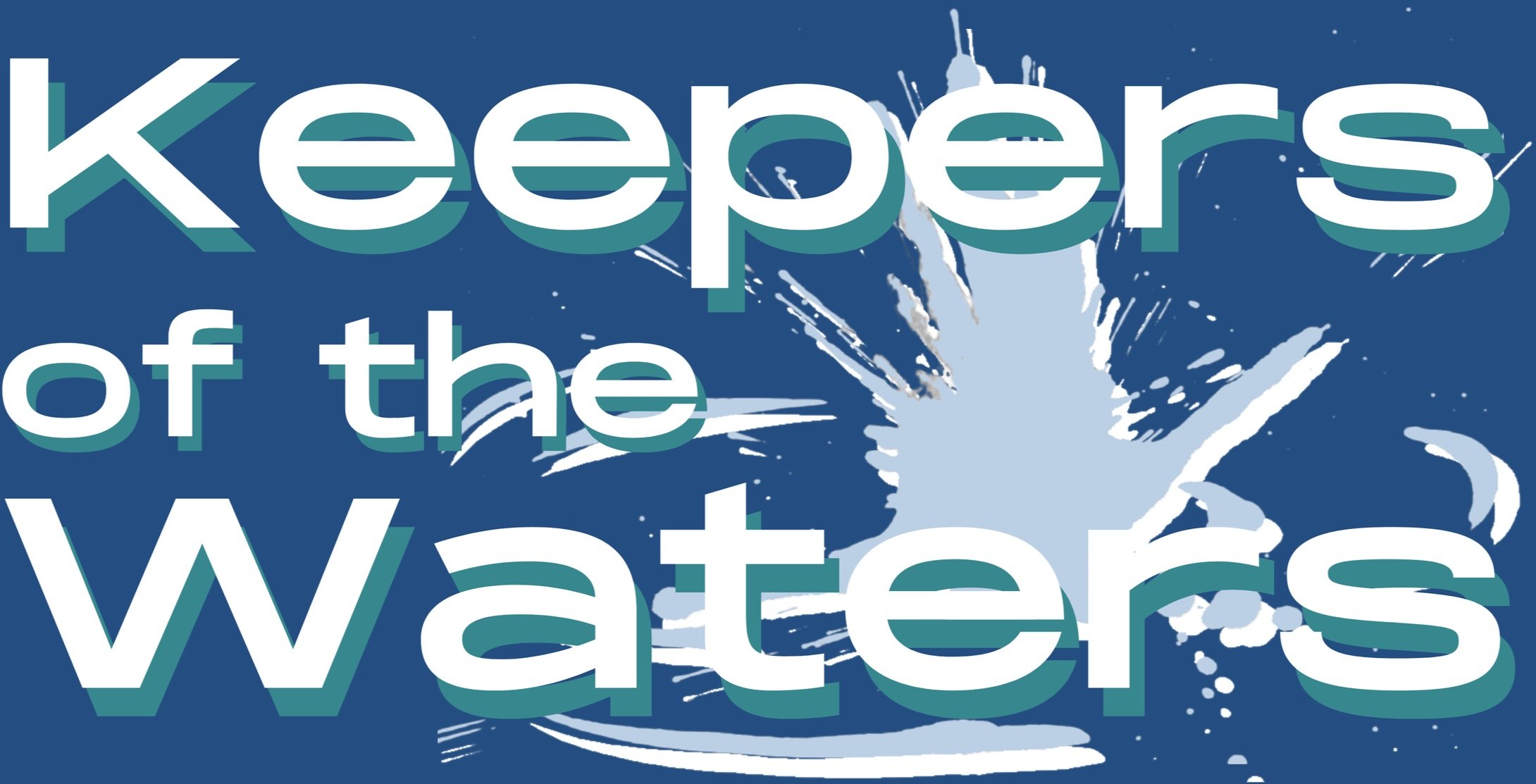Hope in a Sinking City
New Orleans wasn’t always below sea level…
The Golden Triangle.
Source: MississippiRiverDelta.org
One of the most well-known factoids about New Orleans is that much of it lay below sea level. But a century of anti-nature civic engineering caused the city to sink: draining swamps and clearing vegetation to build homes has led to drastic soil subsidence. In other words, we engineered our way into Katrina happening—all while the most marginalized people paid the cost.
After Hurricane Katrina, New Orleans spent billions building upon the same old solutions—making levies higher, adding more drainage pipes. These continue to face overflow issues. But there is a shift taking place. Projects like Resilient NOLA are beginning to work with water instead of against it. One project, started in New Orlean's first suburb of Gentilly in 2017, collects up to 10 million gallons of rainwater. Vacant lots will capture more water. Along roads, medians are being replaced with permeable sidewalks and bioswales.
Recently, Hurricane Ida put New Orleans' levies to the test. No major breaches took place, but the question of a breach is not a question of if, but when. One guaranteed way to lessen the threat of a breach is to restore wetlands. One crucial project is taking place on the Golden Triangle—a funnel-shaped marsh that has been severely degraded, and actually led to the worst levy breaches and breaks during Katrina. Funding is coming slowly—but as always, when it comes to climate change, avoiding paying now means paying tenfold in the future.
“We cannot solve our problems with
the same thinking we used when we created them.”


